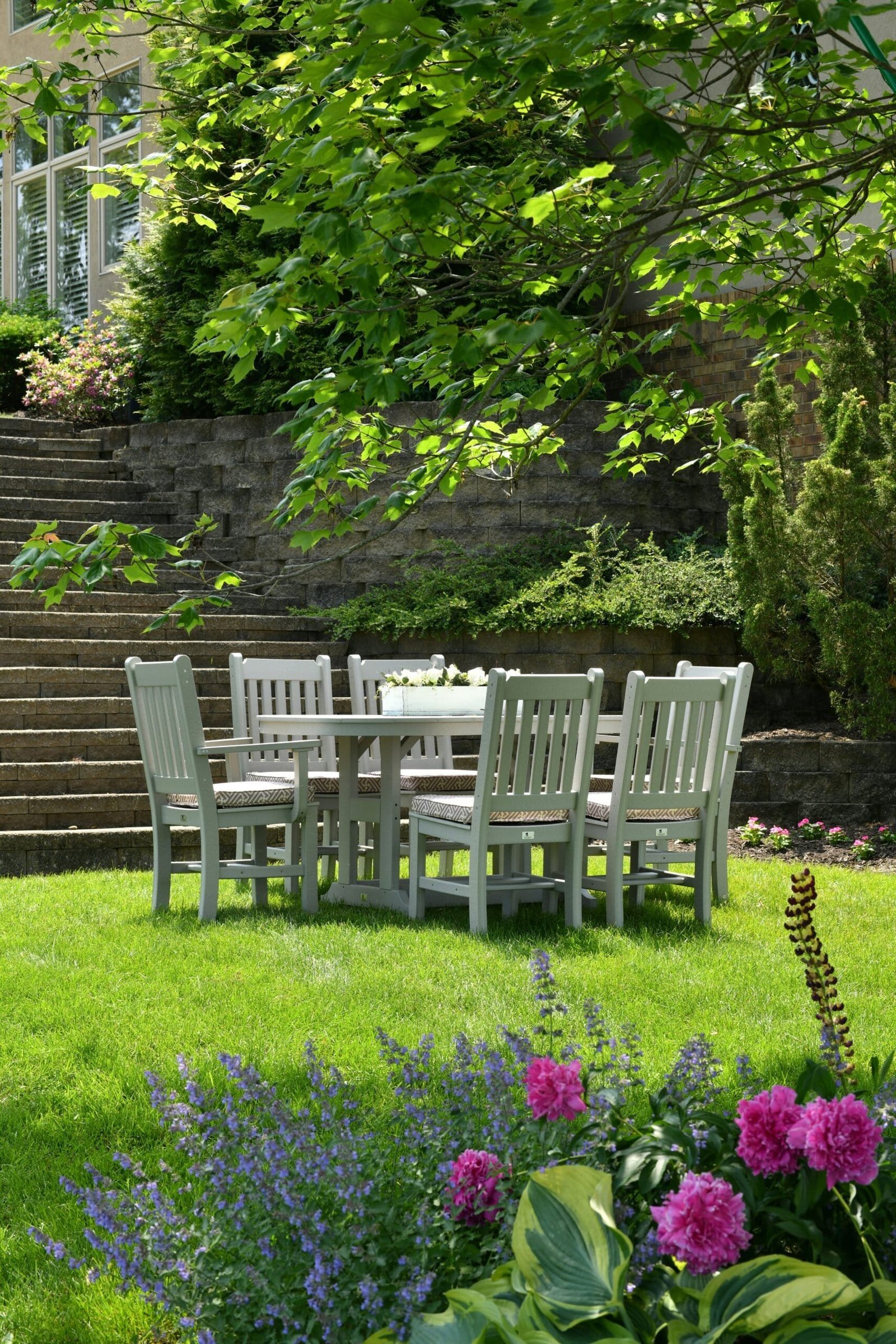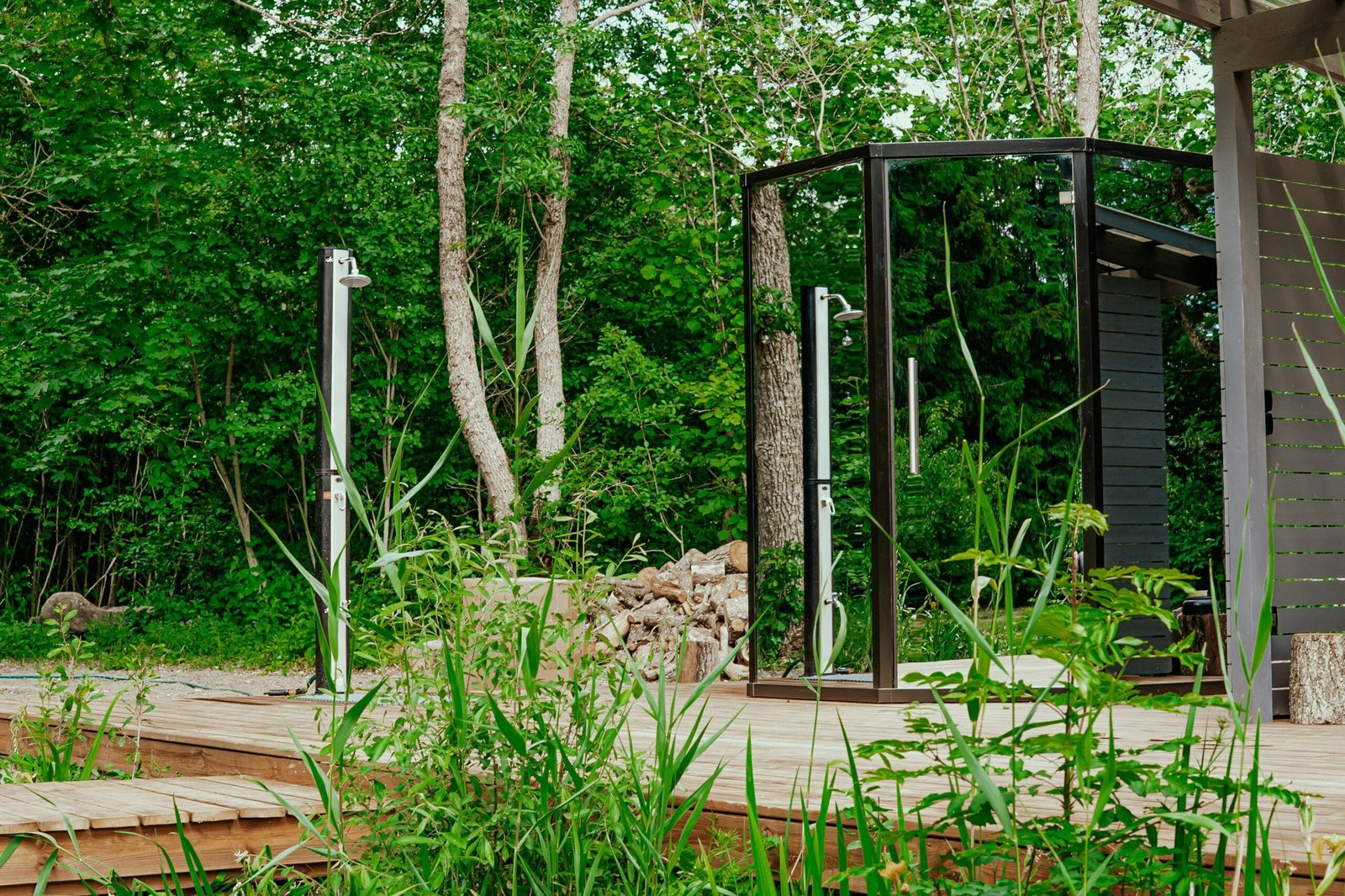Properly storing your garden furniture during the winter months is essential for longevity and aesthetic appeal. This guide explores the importance of winter care, effective storage solutions, and maintenance tips to ensure your outdoor pieces remain functional and visually appealing. Learn how to prepare your furniture for storage, choose the right location, and adopt long-term care strategies to protect against harsh weather conditions. Discover expert advice and personal anecdotes to help you maintain your cherished garden items until the warmer seasons return.
The Importance of Proper Storage
Proper storage of garden furniture during the winter months is crucial to maintain its longevity and aesthetic appeal. The harsh weather conditions that come with winter, including moisture, snow, and freezing temperatures, can have detrimental effects on a variety of materials commonly used in outdoor furniture. For instance, wooden furniture can absorb moisture, leading to warping, cracking, or even mold growth if left exposed to the elements. Metal furniture is not immune to these conditions either; it may suffer from rust and deterioration if it is not adequately protected.

In my early gardening endeavors, I mistakenly left my wooden patio set outdoors during a harsh winter. The result was a set riddled with severe cracks and peeling paint by spring, a sight that was disappointing and costly to repair. This experience taught me valuable lessons about the significance of proper storage; therefore, it is imperative to take preventative measures for your garden furniture in the colder months. Using a weather-resistant cover or storing items in a dry, dedicated space like a garage or shed can significantly mitigate the risks associated with winter weather.
Please, read our post and do not forget to check our YouTube channel “Grig Stamate”:
https://www.youtube.com/@GrigStamate
You will find there, thousands of designing, furnishing, and decorating ideas for your home interior and outdoors.
Allow me to mention three of them:
Quick Small Patio Makeover | Outdoor Design Ideas (video)
Small Balcony Design Ideas | OUTDOOR DECOR & LANDSCAPING IDEAS #18 (video)
Beautiful Balconies / Creative Decorating Ideas | OUTDOOR DECOR & LANDSCAPING IDEAS #17 (video)
Furthermore, the maintenance of garden furniture goes beyond mere protection from the elements. By storing furniture efficiently, you not only preserve its structural integrity but also uphold its visual appeal. When furniture is properly stored, it is less likely to suffer from fading or other forms of wear caused by harsh conditions. Investing time in proper storage practices will pay off in the long run, ensuring that your cherished outdoor pieces remain vibrant, functional, and ready for enjoyment when the warmer seasons return.
Preparing Your Furniture for Storage
Storing garden furniture during winter requires careful preparation to ensure that your pieces remain in excellent condition for the following season. The first crucial step is to clean your furniture thoroughly. Start by removing any loose dirt, leaves, and debris that may have accumulated on the surface. For this task, a soft brush or cloth can be particularly effective. Once the surface is free of debris, utilize a mixture of mild soap and warm water to wipe down each piece. This simple yet effective cleaning solution is versatile enough for various materials, including metal, plastic, and wood.
Particular attention should be paid to wooden furniture. These pieces not only require a routine cleaning but also benefit from the application of a furniture oil afterward. A specialized outdoor wood oil will help restore moisture and protect against harsh winter conditions. After cleaning, make sure to dry the furniture completely. Any residual moisture can lead to mildew growth, which is detrimental to the integrity of your furniture. Allow pieces to air dry in a sheltered area before storing them away to ensure they are adequately dried.
It is important to inspect your furniture for any signs of damage or wear. If you notice issues such as loose screws or cracks, addressing these repairs before storage can ultimately prolong the life of your items. Neglecting these maintenance tasks can lead to more significant problems, resulting in costly repairs or replacements in the future. Finally, consider protecting your furniture with covers or by placing them in designated storage areas to further shield them from the elements during the winter months. Taking these necessary steps will ensure that your garden furniture remains in pristine condition until the warmer days return.
Choosing the Right Storage Location
When it comes to storing garden furniture during the winter months, selecting the appropriate storage location is of paramount importance. Various options are available, including sheds, garages, and specialized outdoor storage solutions, each with its distinct advantages and disadvantages.
Sheds are a popular choice for garden furniture storage, providing a dedicated space that is easily accessible. Typically made from wood or metal, sheds offer a protective environment against the elements. However, it is critical to ensure that the shed is well-ventilated to prevent moisture buildup, which could lead to mold and mildew growth on furniture. Additionally, using shelves within the shed can maximize space while keeping items organized and off the ground.
Garages are another viable storage option, often offering more space than a standard shed. Garages can protect furniture from harsh weather conditions and are often more secure. However, it is essential to consider the temperature fluctuations that may occur. Extreme cold can still affect outdoor furniture materials if they are not adequately insulated or protected. A garage can also quickly become cluttered if not organized well, making it difficult to access specific items when needed.
For those looking for tailored solutions, specialized outdoor storage units can serve as an excellent option. These units vary from weatherproof deck boxes to larger storage containers that blend seamlessly with outdoor decor. Such solutions often provide superior protection from moisture and pests, but may come with higher costs. A personal anecdote highlights a homeowner who invested in a waterproof storage bench that not only ensured their cushions remained dry but also served an attractive dual purpose within the garden.
Ultimately, the ideal storage environment for garden furniture should remain cool, dry, and well-ventilated, regardless of the chosen location. Careful consideration of the specific requirements and possible constraints will aid in making the best decision for your garden furniture’s winter care.
Tips for Long-term Care and Maintenance
Proper maintenance of garden furniture during the winter months is essential for prolonging its lifespan and ensuring it remains aesthetically pleasing. One of the first steps in this process is the regular inspection for pests. Wooden and composite materials can attract insects or even rodents seeking shelter in colder temperatures. By periodically checking your furniture for any signs of infestation, you can take preventative measures to protect it.
Additionally, investing in high-quality protective covers is a wise decision for any garden furniture owner. These covers act as a barrier against moisture, dirt, and UV rays, which can deteriorate furniture over time. Ensuring that the covers fit snugly will prevent them from blowing off in winter storms and exposing your outdoor pieces to harsh elements.
To tackle moisture issues, using moisture absorbers inside storage spaces can be beneficial. These small packets help maintain a dry environment around your furniture, deterring mold and mildew growth. Placing a few of these moisture absorbers in your storage area can make a considerable difference in the furniture’s condition during the off-season.
As a lighthearted tip, treating your garden furniture like cherished pets can enhance the care routine! Just as one checks on their furry friends, take the time to ensure your outdoor pieces are secure and well-maintained. This playful perspective not only makes the maintenance task more enjoyable but also encourages a deeper emotional connection with your furnishings.
Lastly, we invite you to join the conversation! What’s your best tip for keeping outdoor furniture safe during winter? Sharing your experiences can help others in the community ensure their garden furniture is cared for properly, fostering a collective commitment to preserving these valuable assets.
Other related posts from our website:
https://howtobuildahouseblog.com/reviving-rusty-outdoor-furniture-a-complete-guide/
https://howtobuildahouseblog.com/essential-tips-for-caring-for-wooden-outdoor-furniture/
Thank you so much for your attention.
Stay tuned. We will upload many other amazing posts to our website and videos onto our YouTube channel.
Thank you so much.
for your time and attention.
Best Regards
See you to another post,
Bye, Bye



No Responses